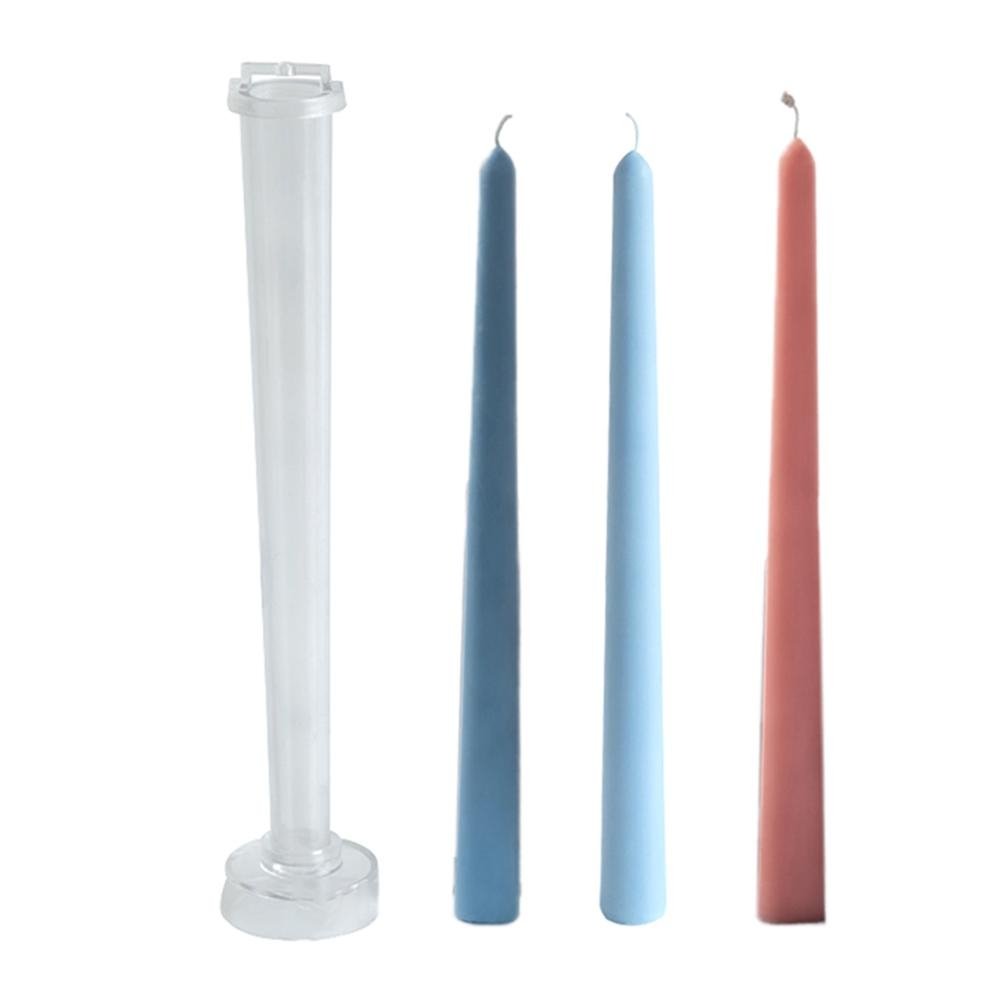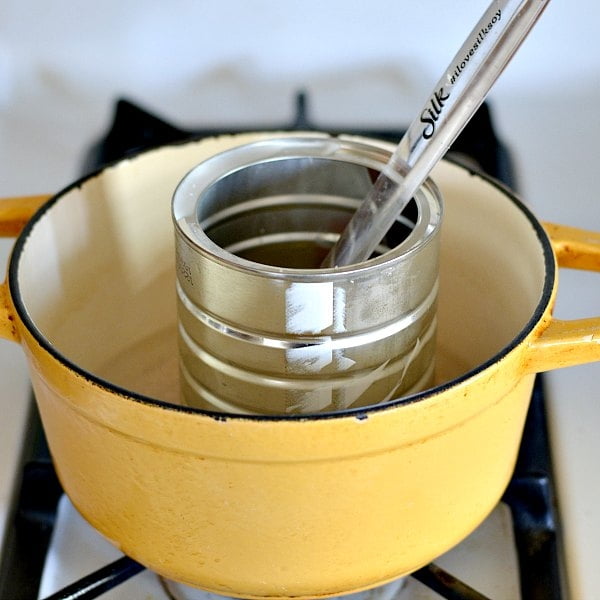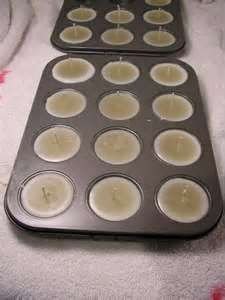Candle making is an art that requires precision and attention to detail, especially when it comes to supporting candle wicks. The candle wick plays a crucial role in the burning process, as it serves as the channel through which the wax is drawn up to fuel the flame. Without proper support, the wick can bend or lean, causing uneven burning and compromising the overall quality of the candle.
Understanding the importance of supporting candle wicks in candle making is essential for achieving a clean and consistent burn. By providing the right support, you can ensure that the wick remains upright and centered throughout the burning process, allowing for a more efficient consumption of wax and a longer-lasting candle.
In this article, we will explore what candle wicks are and why they are important in candle making. We will also discuss the role of supporting candle wicks in ensuring proper burning, as well as different types of candle wick supports and their benefits.
Additionally, we will provide a step-by-step guide on how to properly support candle wicks during the candle making process, along with common mistakes to avoid and tips for choosing the right supports for your projects. Let’s delve into the world of supporting candle wicks and discover how this seemingly small detail can make a big difference in your candles.
What Are Candle Wicks and Why Are They Important in Candle Making?
Candle wicks are crucial components in the process of making candles. They are the central element that ignites and sustains the flame of the candle, allowing it to burn steadily and evenly.
Wicks are typically made from braided cotton or other natural fibers, with different sizes and shapes available to cater to various candle sizes and types. The selection of the right wick is essential in determining how the candle will burn, as it influences factors such as burn time, scent throw, and overall performance.
The importance of candle wicks in candle making cannot be overstated. A properly chosen wick ensures that the candle burns cleanly and evenly without tunneling or excessive sooting. It also contributes to the overall aesthetics of the candle, providing a steady and attractive flame that enhances the ambiance of any space. Without a well-functioning wick, a candle may experience issues such as uneven burning, poor scent throw, and even extinguishing prematurely.
In addition to their functional role in facilitating combustion, candle wicks also play a significant part in the overall design and creativity of candles. Wicks come in various materials, sizes, and forms, allowing candle makers to experiment with different styles and effects.
By selecting unique or specialty wicks, crafters can create customized candles that stand out in terms of appearance and performance. This aspect of candle making highlights the versatility and artistry involved in working with supporting candle wicks to produce beautiful and functional candles for any occasion.
The Role of Supporting Candle Wicks in Ensuring Proper Burning
Candle wicks play a crucial role in the candle making process, as they are responsible for carrying the flame and ensuring proper burning. However, without adequate support, candle wicks can droop or lean to one side, leading to uneven burning and potential safety hazards. This is where the importance of supporting candle wicks comes into play. By providing proper support for candle wicks during the candle making process, you can ensure that your candles burn evenly and efficiently.
Benefits of Properly Supporting Candle Wicks
One of the main benefits of supporting candle wicks is that it helps maintain the integrity of the wick throughout the burning process. When a candle wick is properly supported, it remains straight and centered in the wax, allowing for a consistent and stable flame. This not only helps prevent tunneling (uneven burning) but also promotes a longer burn time for your candles.
Another benefit of supporting candle wicks is that it reduces the risk of accidents or safety issues associated with improperly burned candles. A supported wick decreases the likelihood of the flame coming into contact with the container or surrounding materials, minimizing the risk of flare-ups or fires. By taking the time to properly support your candle wicks, you can create safer candles for yourself and others to enjoy.
Materials for Supporting Candle Wicks
There are various materials that can be used to support candle wicks during the candle making process. Some common options include metal tabs, wooden sticks, and clothespins. Metal tabs are often pre-attached to pre-tabbed wicks and can easily be secured to the bottom of containers using adhesive.
Wooden sticks can be inserted into hot wax to keep the wick centered while it solidifies. Clothespins can also be used by clamping onto the top of a wick to keep it straight during pouring and cooling. Experimenting with different types of supports can help you determine which works best for your specific candle making needs.
Different Types of Candle Wick Supports and Their Benefits
When it comes to candle making, one of the key elements that can often be overlooked is the importance of supporting the candle wicks. The right support for your candle wick not only ensures proper burning but also plays a crucial role in determining the overall quality of your finished product. In this section, we will delve into the different types of candle wick supports available and highlight their benefits in the candle making process.
There are several options when it comes to supporting candle wicks, each with its own unique advantages. Here are some of the most common types of candle wick supports used by crafters and artisanal candle makers:
- Metal Wick Holders: These are small metal devices that hold the wick in place at the center of the container while the wax sets. They are reusable and provide stability for even burning.
- Wooden Wick Bars: Wooden sticks with pre-drilled holes that secure the wick in place during pouring and cooling. They are eco-friendly and can be easily customized to fit different container sizes.
- Silicone Wick Centering Tools: Flexible silicone holders that grip onto the wick and keep it centered as the wax solidifies. They are heat-resistant and can be reused multiple times.
Each type of candle wick support offers its own set of benefits. Metal wick holders are durable and long-lasting, wooden wick bars provide a natural touch to your candles, while silicone centering tools offer flexibility and ease of use.
Depending on your specific needs and preferences, you can choose which type of support works best for your candle making projects. Remember, properly supporting your candle wicks not only ensures a beautiful finish but also promotes a clean and even burn for an optimal scent throw.
Step-by-Step Guide on How to Properly Support Candle Wicks During the Candle Making Process
Candle wicks play a crucial role in the candle making process, as they are responsible for carrying the flame that burns the wax and releases the fragrance. However, to ensure a proper and even burn, it is essential to provide adequate support to candle wicks.
Properly supporting candle wicks helps prevent them from bending or moving during the pouring and cooling process, which can result in an uneven burn or tunneling. In this step-by-step guide, we will discuss how to properly support candle wicks during the candle making process.
To effectively support candle wicks, consider using the following methods:
1. Using Wick Holders: Wick holders are specially designed tools that help keep the wick centered and straight while you pour the hot wax into the container. These holders are usually made of metal or plastic and come in various sizes to accommodate different types of candles.
2. Double-Sided Tape: Another method for ensuring proper wick support is by using double-sided tape to attach the wick to the bottom of the container before pouring in the wax. This helps keep the wick in place and prevents it from shifting as the wax solidifies.
3. Wooden Skewers or Pencils: For larger containers or multiple-wick candles, wooden skewers or pencils can be used to provide additional support. Simply lay the skewers across the top of the container and tape the wicks to them to keep them upright during cooling.
By following these simple steps and utilizing these tools, you can ensure that your candle wicks remain properly supported throughout the candle making process, resulting in a high-quality finished product with an even burn and long-lasting fragrance.
Common Mistakes to Avoid When Supporting Candle Wicks
When it comes to candle making, supporting the candle wicks properly is essential to ensure a clean and even burn. However, there are common mistakes that many beginners make when it comes to supporting candle wicks. One of the most common errors is using the wrong type of wick for the size and type of candle being made.
Using a wick that is too small can result in tunneling, where the wax burns down the center, leaving excess wax on the sides. On the other hand, using a wick that is too large can cause sooting and smoking.
Another mistake to avoid is not properly centering the wick in the container or mold. A off-center wick can lead to an uneven burn and potentially cause the candle to tunnel. It’s important to ensure that the wick is straight and centered before pouring the hot wax.
Additionally, some candle makers forget to trim the wick to the appropriate length before lighting the candle. A wick that is too long can create a large flame and may cause dripping or smoking.
Lastly, one common mistake when supporting candle wicks is not using a proper wick holder or sustainer during the pouring process. A sturdy metal wick holder will keep the wick in place while allowing it to remain straight during cooling and solidification. Without a proper support, the wick may tilt or move as the wax hardens, resulting in an off-center wick placement and potential burning issues.
| Common Mistakes | Consequences |
|---|---|
| Using wrong size of wick | Tunneling or sooting |
| Off-centering wick | Uneven burn and tunneling |
| Not trimming wick | Large flame with dripping |
| No proper support | Tilted or off-center placement |
Tips and Tricks for Choosing the Right Candle Wick Supports for Your Candle Making Projects
When it comes to candle making, choosing the right candle wick supports is essential for a successful and safe burning experience. There are various factors to consider when selecting the appropriate candle wick supports for your projects, from the type of wax you are using to the size and shape of your candles. Here are some tips and tricks to help you make the best choice:
First and foremost, it’s crucial to match the size of your candle wick with the appropriate support. Too small of a support can cause the wick to bend or lean, leading to an uneven burn. On the other hand, using a support that is too large may result in unnecessary candle wax pooling around the base. It’s recommended to measure your wick diameter carefully and choose a support that fits snugly without constricting the wick.
Additionally, consider the material of the candle wick support. Metal supports are popular due to their durability and heat resistance, making them ideal for long-burning candles. However, wooden supports can add a rustic charm to your candles while still providing stability. Experiment with different materials to see which works best for your specific candle making needs.
Furthermore, take into account any special features you may need for your candles. For example, if you are making scented candles or taper candles that require a longer burn time, opt for supports with added ventilation holes to promote proper airflow around the wick.
Alternatively, if you are creating container candles, look for stabilizing tabs that can keep the wick centered as the wax solidifies. By considering these factors and experimenting with various candle wick supports, you can ensure that your candles burn evenly and safely every time.
Case Studies
Candle making is an intricate art that requires attention to detail, especially when it comes to supporting candle wicks. Candle wicks play a crucial role in the burning process of a candle, determining how evenly and cleanly it burns. Mastering the art of supporting candle wicks can make a significant difference in the quality of the candles you create.
One success story comes from Sarah, a passionate candle maker who experimented with different types of candle wick supports to achieve the perfect burn for her soy candles. After facing issues with tunneling and uneven burning in her earlier batches, Sarah realized the importance of proper wick support. She tried using metal wick holders and found that they provided better stability to the wick during the cooling process, resulting in a cleaner burn overall.
Another inspiring case study is from Michael, who specializes in crafting beeswax candles. By meticulously choosing the right size and type of wick supports for his beeswax candles, Michael was able to enhance their burning performance significantly. The use of wooden wick bars helped maintain the position of the wick throughout the cooling phase, preventing any misalignment or bending that could affect the candle’s burn pool.
| Success Story | Key Takeaway |
|---|---|
| Sarah | Using metal wick holders for stability |
| Michael | Optimizing burning performance with wooden wick bars |
These success stories highlight the importance of paying attention to supporting candle wicks in candle making. By understanding how different types of wick supports can impact the burning quality of your candles, you too can master this crucial aspect of the candle making process and create high-quality candles that burn evenly and cleanly.
Conclusion
In conclusion, supporting candle wicks is a crucial component of the candle making process that should not be overlooked. As we have explored in this article, candle wicks play a vital role in ensuring proper burning and overall performance of the candle. By using the right candle wick supports, you can enhance the quality of your candles and create a more enjoyable experience for those who use them.
Properly supporting candle wicks can prevent issues such as tunneling, uneven burning, and poor scent throw. By following the step-by-step guide provided in this article and avoiding common mistakes, you can ensure that your candles burn cleanly and evenly from start to finish. Additionally, choosing the right type of candle wick support for your specific candle making project is essential for achieving the desired results.
As demonstrated by the success stories of experienced candle makers highlighted in this article, mastering the art of supporting candle wicks is achievable with practice and attention to detail. Whether you are a beginner or seasoned candle maker, understanding the importance of supporting candle wicks will ultimately lead to producing high-quality candles that burn consistently and beautifully. So remember, next time you embark on a candle making project, pay special attention to supporting your candle wicks for optimal results.
Frequently Asked Questions
What Can I Use to Hold Candle Wicks in Place?
To hold candle wicks in place, you can use a variety of tools such as wick holders, adhesive dots, wick stickers, or even a simple clothespin. These items help keep the wick centered and straight while the candle wax hardens.
Can You Use Hot Glue to Hold Candle Wicks?
While hot glue may seem like a quick fix to hold candle wicks in place, it is not recommended for this purpose. Hot glue can melt when exposed to the heat of the burning candle, potentially causing safety hazards. It’s best to use wick holders or other designated tools for securing candle wicks.
What Is the Best Twine for Candle Wicks?
The best twine for candle wicks is usually cotton or hemp twine that is specifically designed for candle making. These types of twine are sturdy enough to withstand high temperatures and burn steadily without producing excess soot. Be sure to choose a twine that is appropriate for the size of your candles and intended burn time.

Welcome to my candle making blog! In this blog, I will be sharing my tips and tricks for making candles. I will also be sharing some of my favorite recipes.





